People who have spent a decent amount of time perusing the Oriel Systems (http://www-orielsystems-com.orielsystems.com) website are likely to appreciate one thing, above so many other things: that telemetry really does serve a vital purpose in so many industries, particularly at a time when there is pressure to become more competitive on a backdrop of reduced revenues. For a process that seemingly amounts simply to an instrument’s readings being recorded and then transmitted via radio, telemetry has an astonishing range of increasingly essential real world applications.
Telemetry solutions have long been used in fields ranging from meteorology, space science and motor racing to flight testing, military intelligence and medicine. Oriel Systems does not provide solutions for all of the fields in which telemetry could possibly have an impact, but does provide the most reputable, reliable and scalable hardware and software for those in the water, chemical, oil and gas and printing industries. Having been in business now for more than a quarter of a century, the company has an enviable manufacturing, research and development facility in south west England, and maintains strategic alliances and agents across Europe and the Far East.
But for those in the UK who require a well-tailored remote data acquisition solution, the main benefits of doing business with Oriel Systems remain clear. The company’s solutions are flexible, reliable and cost-effective, as can be vouched for by a large installed user base worldwide. These systems are able to connect to various remote plant and equipment, including the client’s existing telemetry equipment that they may have had to dispose of, had they opted for another supplier. The system really can be added to as and when requirements change, with the client only paying for the size of system that they need.
A remote tank monitoring solution from Oriel Systems can also be quickly and easily installed, saving the client manpower and labour and minimising both start-up and operational costs. The products themselves include an intelligent video unit that can transmit up to 8 live feeds – optionally with audio – simultaneously from the client’s remote site over the Internet. Meanwhile, Oriel Systems’ well-regarded software includes Awax VMI telemetry software that enables the simple and confident monitoring and control of remote sites.
Various industry-specific needs can be catered for by these hardware and software options, and Oriel Systems (http://www-orielsystems-com.orielsystems.com) also grants access to experienced software consultants who can develop simple user interfaces and more advanced measurement and analysis functions alike. Indeed, Oriel Systems’ people are central to its offering. Customer support can be provided over the phone or via the remote control of customer telemetry systems, and whatever the client’s exact requirements, members of the technical team can be contacted by phone during the day for further discussions. These technicians and consultants are as comfortable with small projects as they are with large ones, and are happy to listen to the most distinctive of requests.

 01249 705070
01249 705070